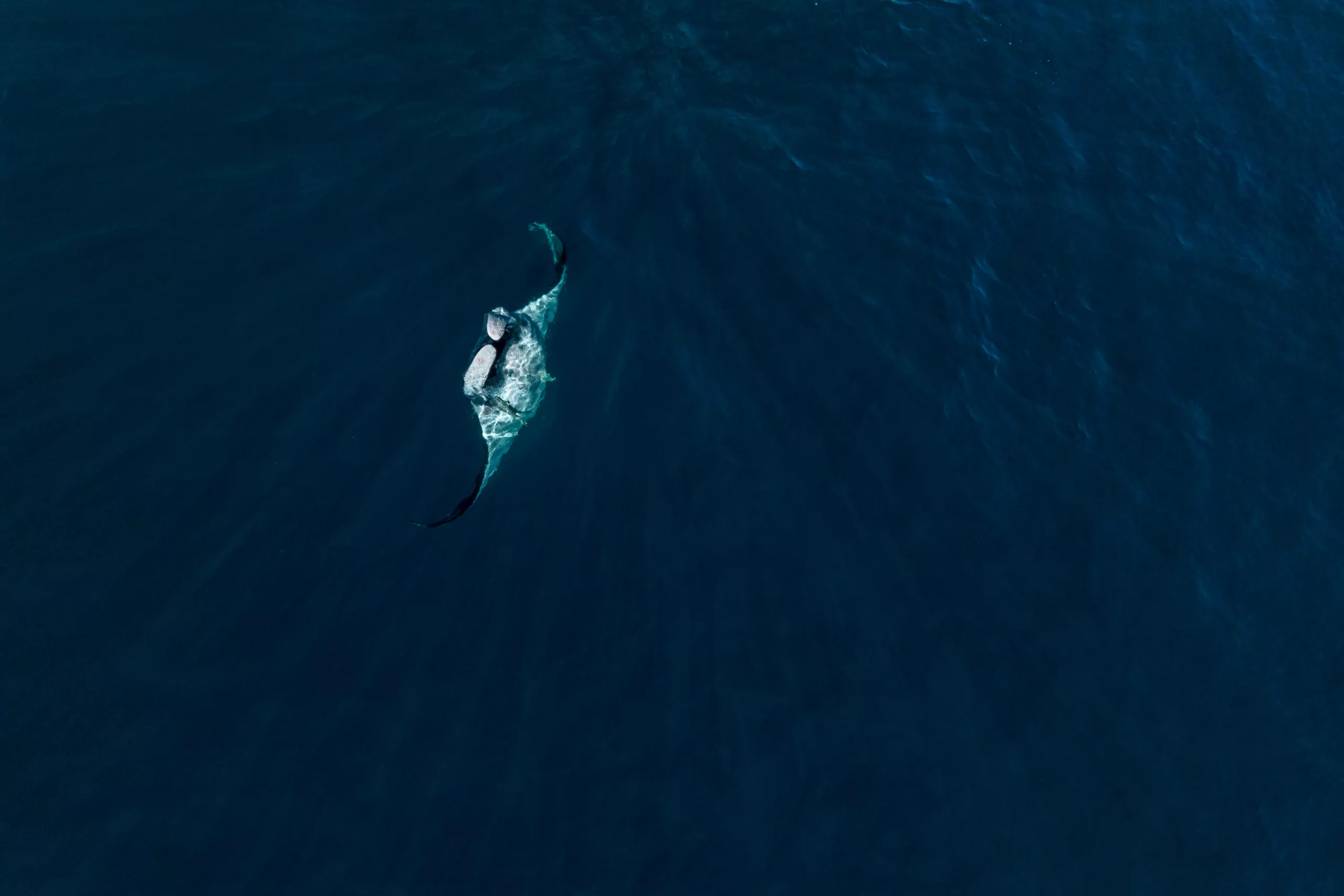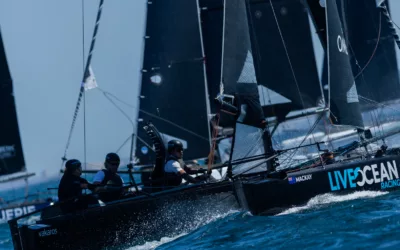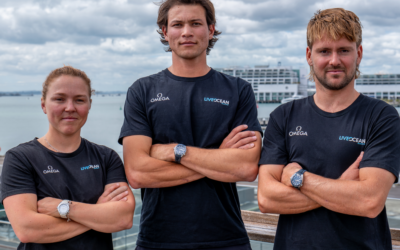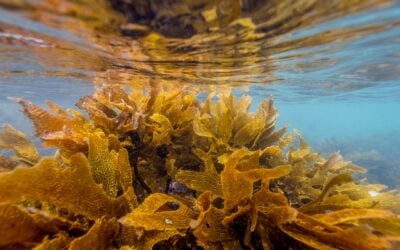
In early 2023 Live Ocean Foundation announced a project partnership with Manta Watch New Zealand supporting Lydia Green in her ongoing work to better understand our oceanic manta population and educate New Zealanders about the mysterious and majestic ocean giants.
Right now we’re aiming to raise $12,500 for Manta Watch New Zealand to continue their vital work, and 100% of all online donations made to Live Ocean until 15 December will go directly to the project.
Oceanic manta are the world’s largest ray species and can reach 7 metres across and weigh up to two tonnes. They’re known to inhabit the ocean’s ‘twilight zone’ – deeper water and further offshore – a fact that’s compelling to marine scientists seeking to understand this largely unknown territory. One New Zealand oceanic manta was recorded reaching a record depth of 1,248 metres.
Globally, te whai rahi oceanic manta rays are endangered with some populations in serious decline, but here in New Zealand we simply don’t know enough about how these impressive ocean voyagers are faring in a rapidly changing ocean.
More data, sightings and knowledge are crucial to changing their conservation status with DOC – they’re currently listed as ‘data deficient’ – to ensure they have a healthy future.
Live Ocean Foundation’s support for Manta Watch New Zealand means more time on the water for their small research team led by Lydia Green, and our ongoing backing will help them continue their vital work. The 2022-23 summer sighting and tracking season provided some valuable insights;
- 8 satellite tags deployed
An additional 8 tags were deployed on manta during the season, and 2 were successfully recovered. - 261 total sightings
Citizen science helps Manta Watch New Zealand track the manta with 261 sightings in the 2022-23 season. - 85% citizen science
Around 85% of those manta sightings are submitted by the public through mantawatchnz.org - New Knowledge
Active courtship events and lots of heavily pregnant females suggest that Aotearoa and the Hauraki Gulf play a crucial role in this oceanic manta ray population’s reproductive cycle.
HELP SOLVE THE
MYSTERY OF THE MANTA
Oceanic manta rays are globally endangered with some populations in serious decline, but here in New Zealand we simply don’t know enough about how these impressive ocean voyagers are faring in a rapidly changing ocean.
You can help Manta Watch New Zealand further their research this summer, 100% of all public donations from 1 – 15 December will go directly to support this vital project.



